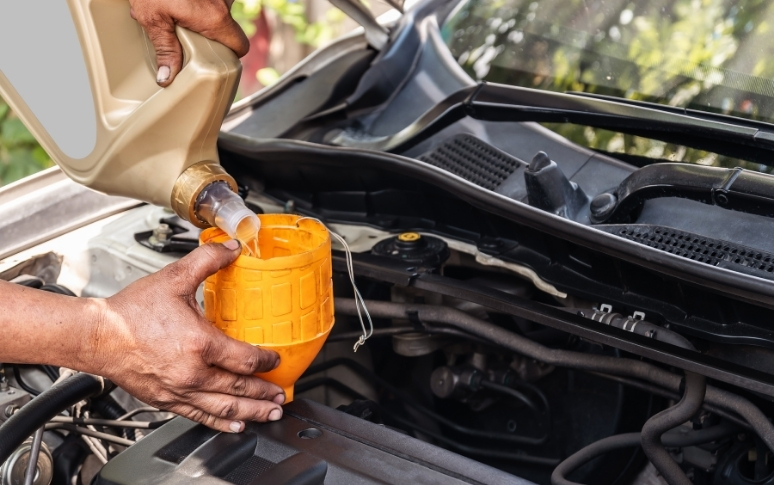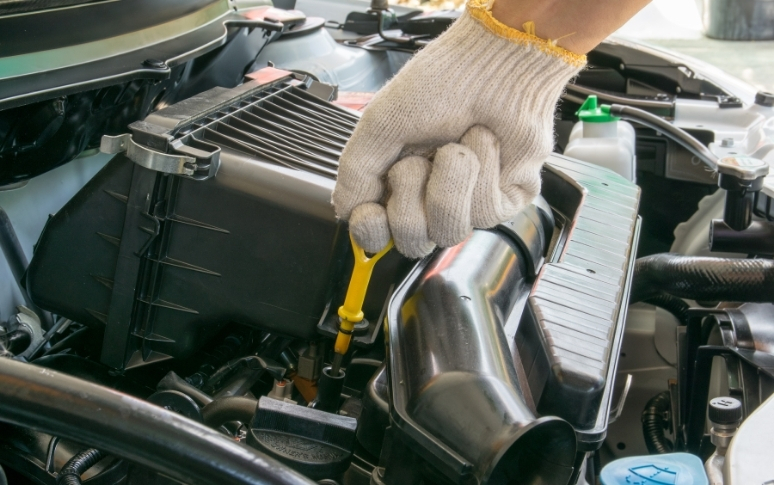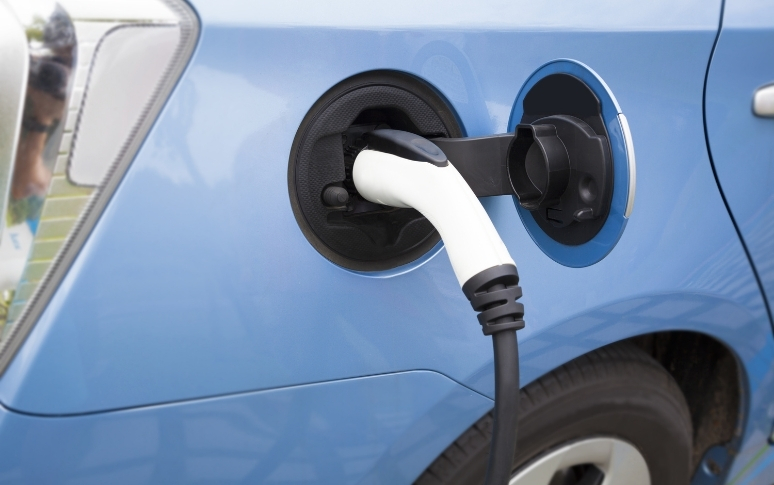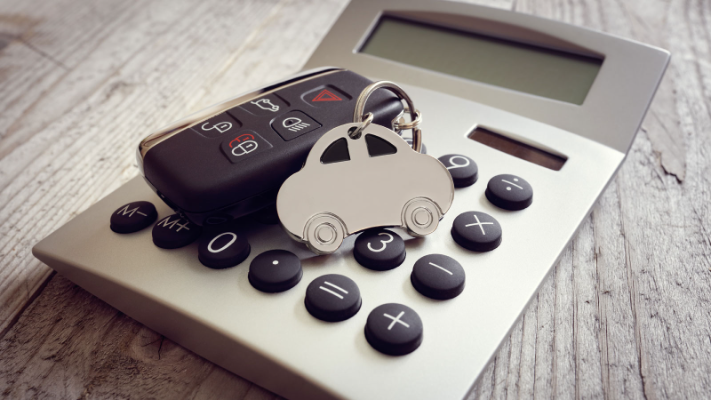Essential Maintenance Milestones
Regular maintenance is the key to extending your vehicle's life and maintaining its value. According to recent data, a well-maintained car can be worth $2,000 more at resale than a poorly maintained one. The most critical maintenance intervals begin at 5,000 miles with basic services and extend through major milestones at 50,000, 100,000, and beyond.
For vehicles under normal use, the basic maintenance schedule includes oil changes every 5,000-7,500 miles for conventional oil or 10,000 miles for synthetic oil. Tire rotations should be performed every 10,000 miles, while air filters typically need inspection or replacement at the same interval.

Early-Stage Maintenance (Under 36,000 Miles)
The first three years of vehicle ownership are crucial for establishing proper maintenance habits. During this period, most vehicles are covered by manufacturer warranties, making it essential to follow recommended service schedules to maintain coverage.
Key services during this period include regular oil changes, tire rotations, and filter replacements. Schedule a comprehensive mechanical inspection just before your three-year warranty expires to address any potential issues while they're still covered.

Mid-Life Services (50,000-100,000 Miles)
At the 50,000-mile mark, vehicles require more intensive maintenance. This includes replacing brake pads, changing the transmission fluid and filter, and inspecting major systems like the exhaust and suspension. These services typically cost between $500 and $1,000, but can prevent much more expensive repairs later.
The 60,000-mile service is particularly important, requiring spark plug replacement, tire changes, and inspection of all belts and hoses. If your vehicle has a timing belt, replacing it at the manufacturer's recommended interval is crucial to prevent catastrophic engine damage.

High-Mileage Maintenance (100,000+ Miles)
Vehicles reaching 100,000 miles need special attention to continue performing reliably. This milestone requires replacing long-life components like high-mileage coolants and special spark plugs. A comprehensive mechanical inspection helps identify potential issues before they become major problems.
At 125,000 miles, focus shifts to replacing wear items like shocks, struts, and various sensors. These services, while expensive, are essential for maintaining safety and performance. Regular fluid changes become even more critical at this stage.

Electric Vehicle Special Considerations
Electric vehicles (EVs) require significantly different maintenance schedules. EVs eliminate over two dozen mechanical components that typically need regular service in conventional vehicles, resulting in lower maintenance costs and simpler service schedules.
Primary maintenance for EVs focuses on tire rotations every 7,500 miles, cabin air filter replacement every 15,000 miles, and brake fluid changes every 30,000 miles. While these vehicles still need basic maintenance, the overall cost and complexity are typically lower than traditional vehicles.

DIY vs. Professional Maintenance
While some maintenance tasks can be performed at home, others require professional expertise and specialized equipment. Home-manageable tasks include checking fluid levels, tire pressure, and basic inspections. These regular checks can help identify potential issues early.
Professional services are necessary for complex procedures like transmission service, brake system repairs, and major electrical work. Always keep detailed records of both DIY and professional maintenance to maintain warranty coverage and resale value.

Cost-Saving Maintenance Strategies
Being strategic about maintenance can save thousands over your vehicle's lifetime. Start by following the manufacturer's recommended schedule rather than more aggressive service intervals sometimes suggested by repair shops. For example, modern synthetic oils often allow for 10,000-mile change intervals, not the traditional 3,000 miles.
Create a maintenance fund by setting aside money monthly for expected services. This helps avoid financial strain when major services are due and ensures you don't skip important maintenance due to cost concerns.

Warning Signs and Preventive Care
Learn to recognize early warning signs of potential problems. Unusual noises, vibrations, or changes in vehicle performance should be investigated promptly. Regular cleaning and protection from environmental factors also play crucial roles in long-term vehicle health.
Maintain detailed service records and use modern tools like maintenance tracking apps to stay on schedule. These records not only help you track service intervals but also provide valuable documentation for warranty claims and future resale.












